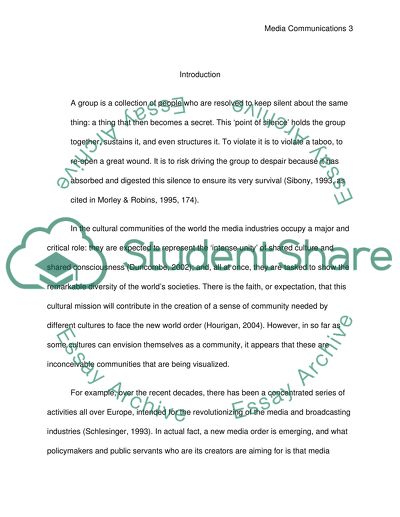Cite this document
(“Giving Voice to Silence: The effects of silence in cultural and global Dissertation”, n.d.)
Retrieved from https://studentshare.org/family-consumer-science/1405708-giving-voice-to-silence-the-effects-of-silence-in
Retrieved from https://studentshare.org/family-consumer-science/1405708-giving-voice-to-silence-the-effects-of-silence-in
(Giving Voice to Silence: The Effects of Silence in Cultural and Global Dissertation)
https://studentshare.org/family-consumer-science/1405708-giving-voice-to-silence-the-effects-of-silence-in.
https://studentshare.org/family-consumer-science/1405708-giving-voice-to-silence-the-effects-of-silence-in.
“Giving Voice to Silence: The Effects of Silence in Cultural and Global Dissertation”, n.d. https://studentshare.org/family-consumer-science/1405708-giving-voice-to-silence-the-effects-of-silence-in.


